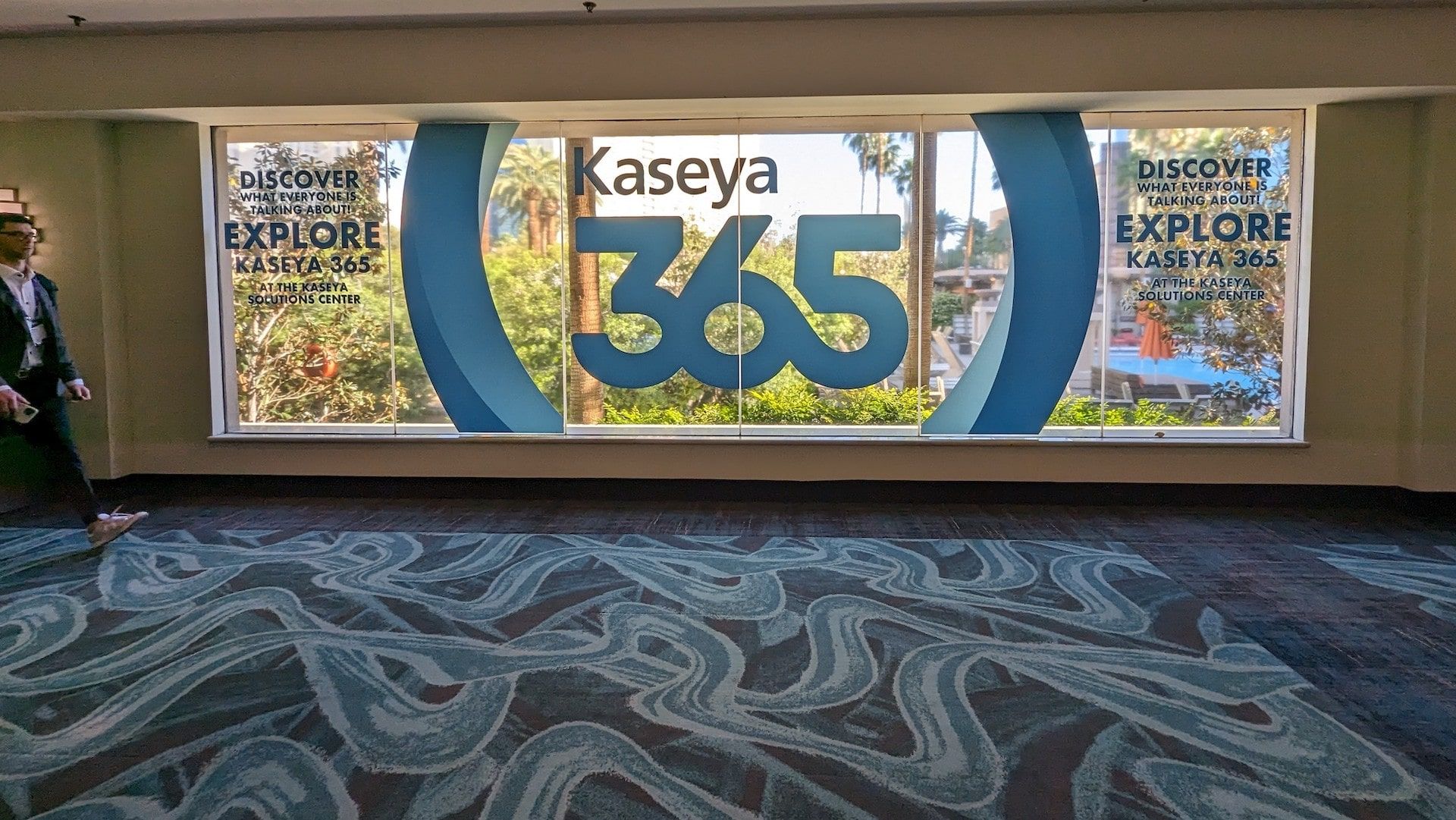COMMENTARY: In the age of ransomware-as-a-service, deepfake scams, and phishing emails so polished they could win a marketing award, managed service providers (MSPs) face a stark choice: How to deliver Managed Detection and Response (MDR) services effectively. For some MSPs, the idea of building their own MDR solution might seem like a badge of honor, a declaration of independence.
But let Tim Weber, vice president of channel growth at Cyber74, save you some sleepless nights and a likely trip to bankruptcy court. He believes building your own MDR is not the heroic move you think it is. It’s the cybersecurity equivalent of deciding to hand-weave your own fire hose during a four-alarm blaze.
(Editor’s Note: The following opinion is based on a Channel E2E webinar featuring Tim Weber, Vice President of Channel Growth at Cyber74, called Advanced Cybersecurity Services for MSPs: Partner or Build Your Own? To get the big picture, we invite you to watch this on-demand webinar.)
The Mirage of DIY MDR
Let’s start with the appeal. Building your own MDR promises autonomy, full-stack control, and intellectual property you can call your own. Sounds great, right? Until you crunch the numbers and remember that providing 24/7 security monitoring and response isn’t something you can wing with an overworked IT guy and a few fancy tools, Weber points out. In fact, even starting to build your own MDR service demands what Weber calls the "critical mass trifecta": The money, the expertise, and the scale to compete with established providers.
Five years ago, staffing a full-time security operations center (SOC) for MDR might have set you back a mere $1.2 million annually. Today, thanks to inflation and a cybersecurity talent drought that makes the Sahara look like a lush rainforest, you’re likely staring down costs closer to $2 million a year. And don’t forget, that’s just for salaries—not including the costs of software, training, infrastructure, and keeping the snack station stocked for your night-shift analysts.
Expertise: The Missing Ingredient
Even if you manage to find the funds, expertise doesn’t come overnight—or cheap. MDR is not just about detecting threats; it’s about analyzing them in real-time, developing playbooks, and executing responses faster than an attacker can pivot. Do you have SOC managers, Level 3 analysts, and automation engineers ready to jump in? Didn’t think so. Even if you did, their skills need constant updating to keep up with threat actors who innovate faster than most Silicon Valley startups.
Meanwhile, established MDR providers have been doing this at scale for years. They’ve built deep reservoirs of institutional knowledge, not to mention economies of scale that make their pricing and performance nearly impossible for a fledgling MDR to match. By the time you’ve trained your team to handle one class of threats, your competitors will have adapted to the next. It’s not just a game of catch-up—it’s a marathon against a moving target.
The Risks of DIY Overreach
Let’s talk risks. What happens if your DIY MDR fails to detect a critical threat? Not only do you lose client trust, but you could also find yourself on the wrong end of a lawsuit. The stakes in cybersecurity are no longer just reputational—they’re existential. Clients are smarter, insurance companies are more demanding, and regulators are paying closer attention. “Oops” is no longer an acceptable incident response plan.
Even worse, relying entirely on your own stack leaves you exposed to vendor lock-in or, worse, platform compromise. What’s your contingency plan if your single in-house solution is breached? Established MDR providers have the advantage of redundancy, diverse tools, and tested fail-safes. You’d be hard-pressed to replicate that level of resilience on your own.
The Smarter Path Forward
Weber offers his version of the truth: MDR isn’t a vanity project; it’s a mission-critical service. The smarter move for most MSPs is to partner with established providers who have the scale, resources, and expertise to do it right. This allows you to focus on your core business—building client relationships, optimizing service delivery, and maybe even sneaking in a weekend off now and then.
Partnering doesn’t mean handing over your autonomy. It means leveraging strengths where they exist and delivering the best value to your clients. With a good MDR partner, you get access to cutting-edge technology, comprehensive SOC services, and threat intelligence that’s impossible to replicate on your own. Plus, when something goes bump in the night, it’s their analysts waking up, not yours.
A Dose of Reality (and Humor)
At the end of the day, building your own MDR might look tempting, like that IKEA bookshelf you thought would save you money but ended up costing a weekend of your life and a bruised thumb. Some projects just aren’t worth the DIY effort. For most MSPs, the MDR decision isn’t about pride; it’s about survival. Trust me, your clients—and your sanity—will thank you.
So, before you dive headfirst into MDR DIY, ask yourself: Do you really want to be in the security business, or do you just want to sleep well at night knowing someone else has it covered? Because one of those options ends with you soundly snoring, while the other ends with you Googling “SOC analyst salaries” at 2 a.m.
Choose wisely, Weber concludes.
Tim Weber is the Vice President of Channel Growth at Cyber74, part of New Charter Technologies. With nearly 30 years of IT and cybersecurity experience, he helps MSPs build secure, scalable IT environments and is a recognized thought leader in the industry.
ChannelE2E Perspectives columns are written by trusted members of the managed services, value-added reseller, and solution provider channels or ChannelE2E staff. Do you have a unique perspective you want to share? Check out our guidelines here and send a pitch to channele2e.perspectives@cyberriskalliance.com.




